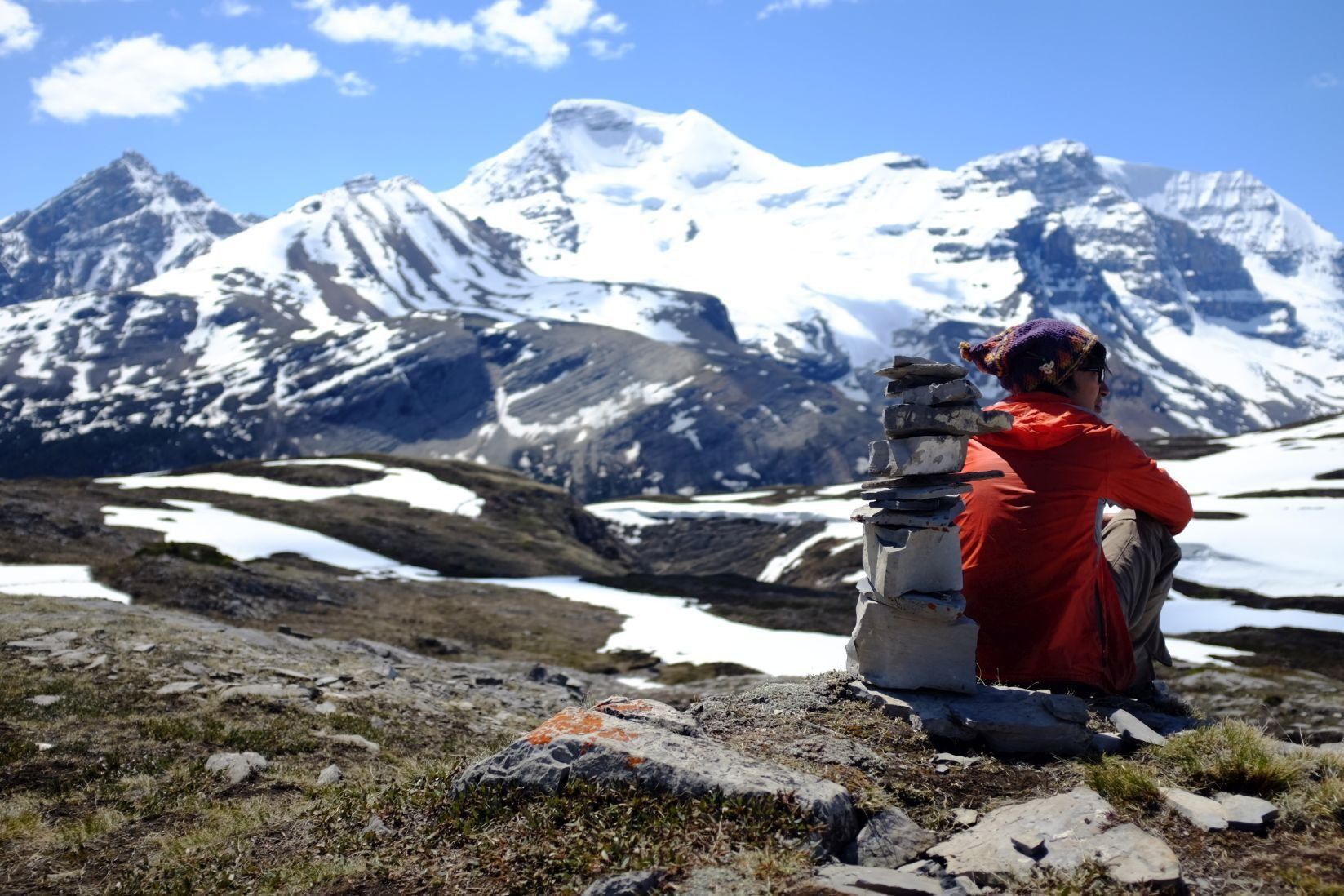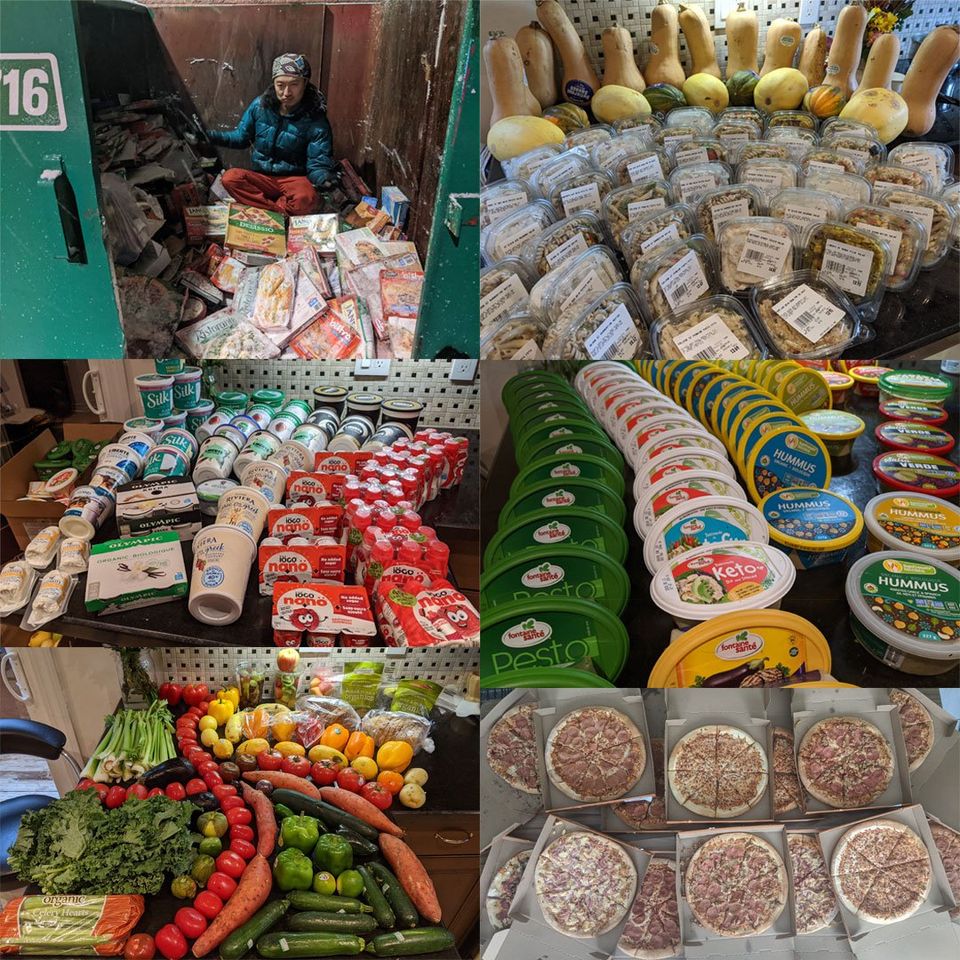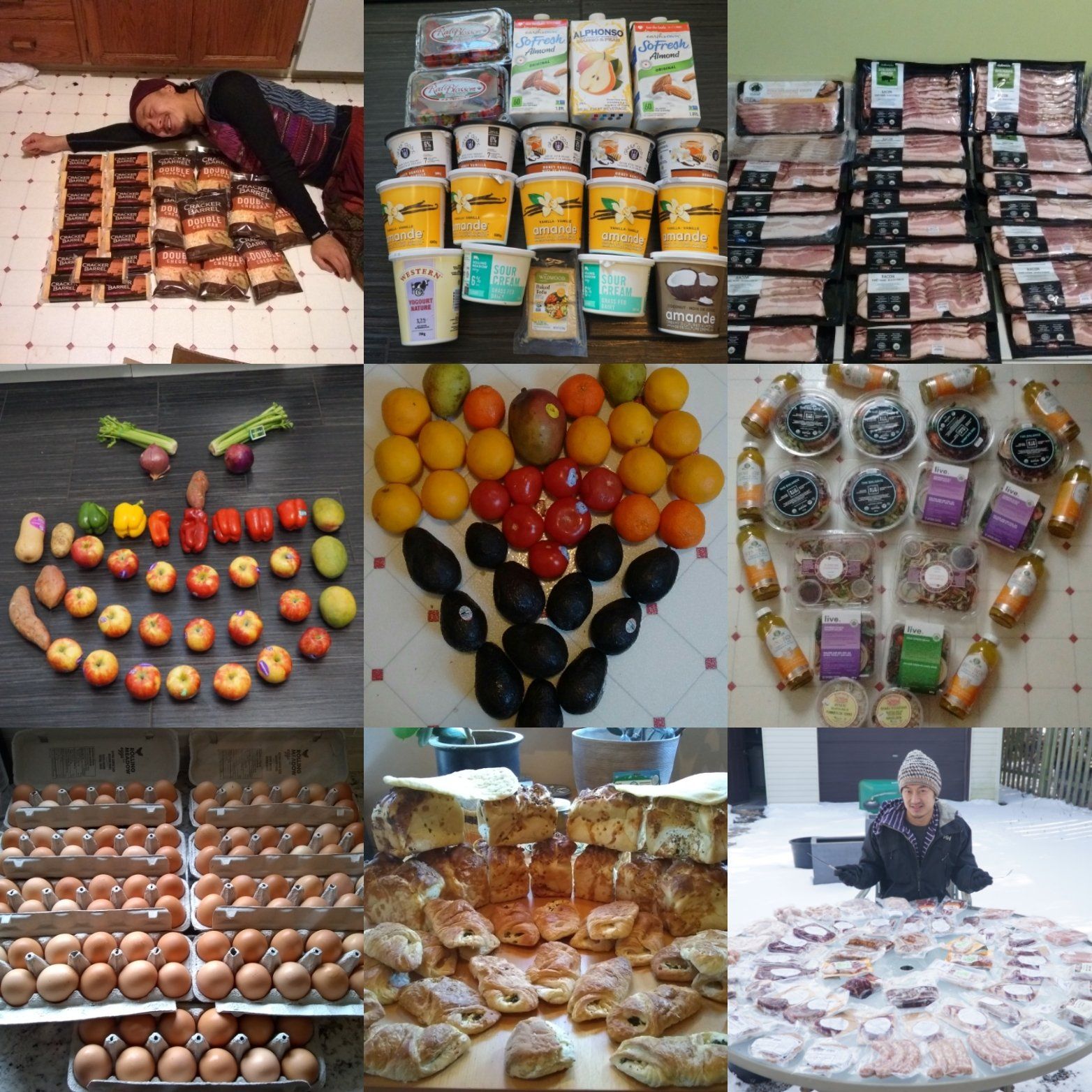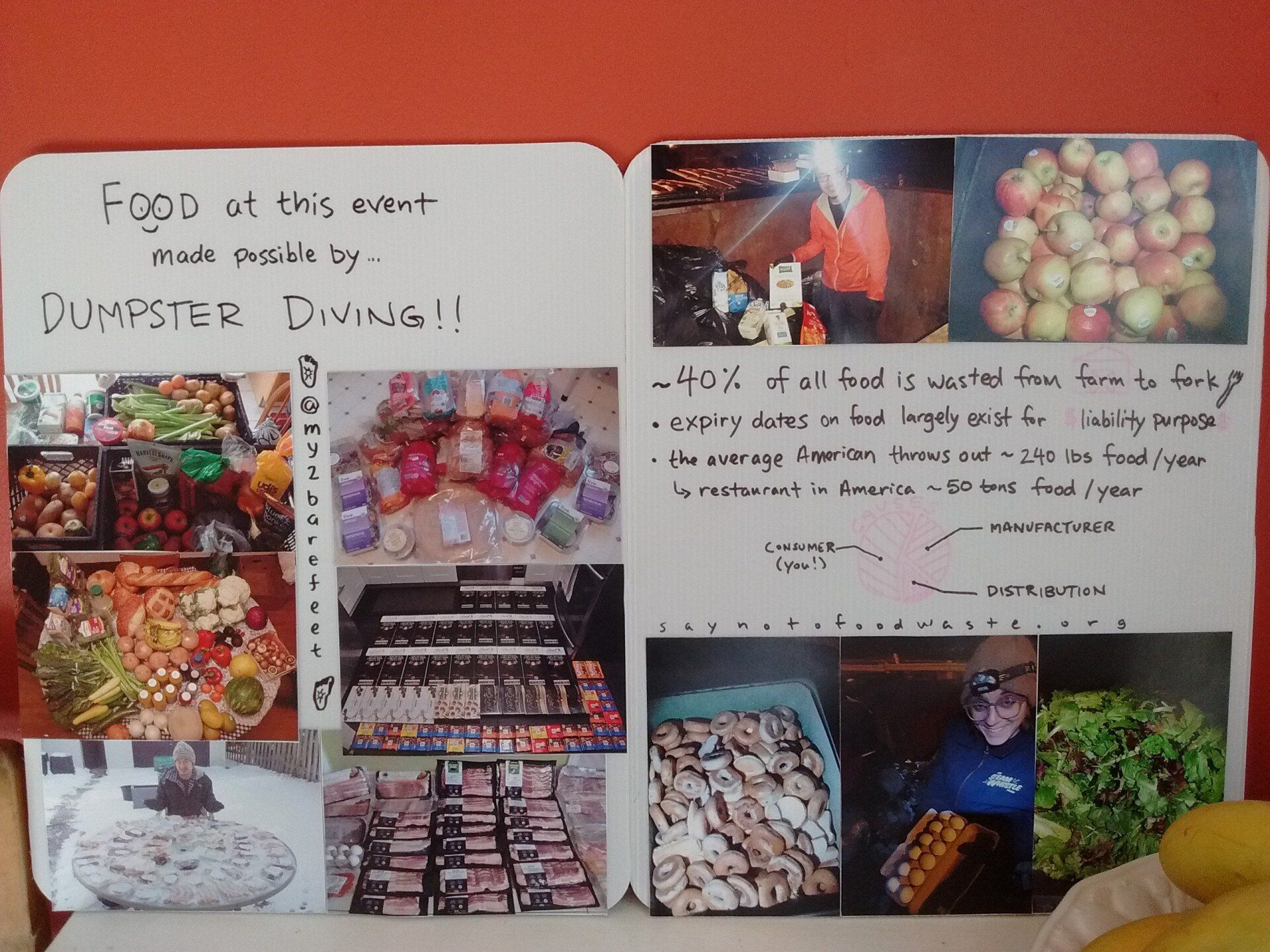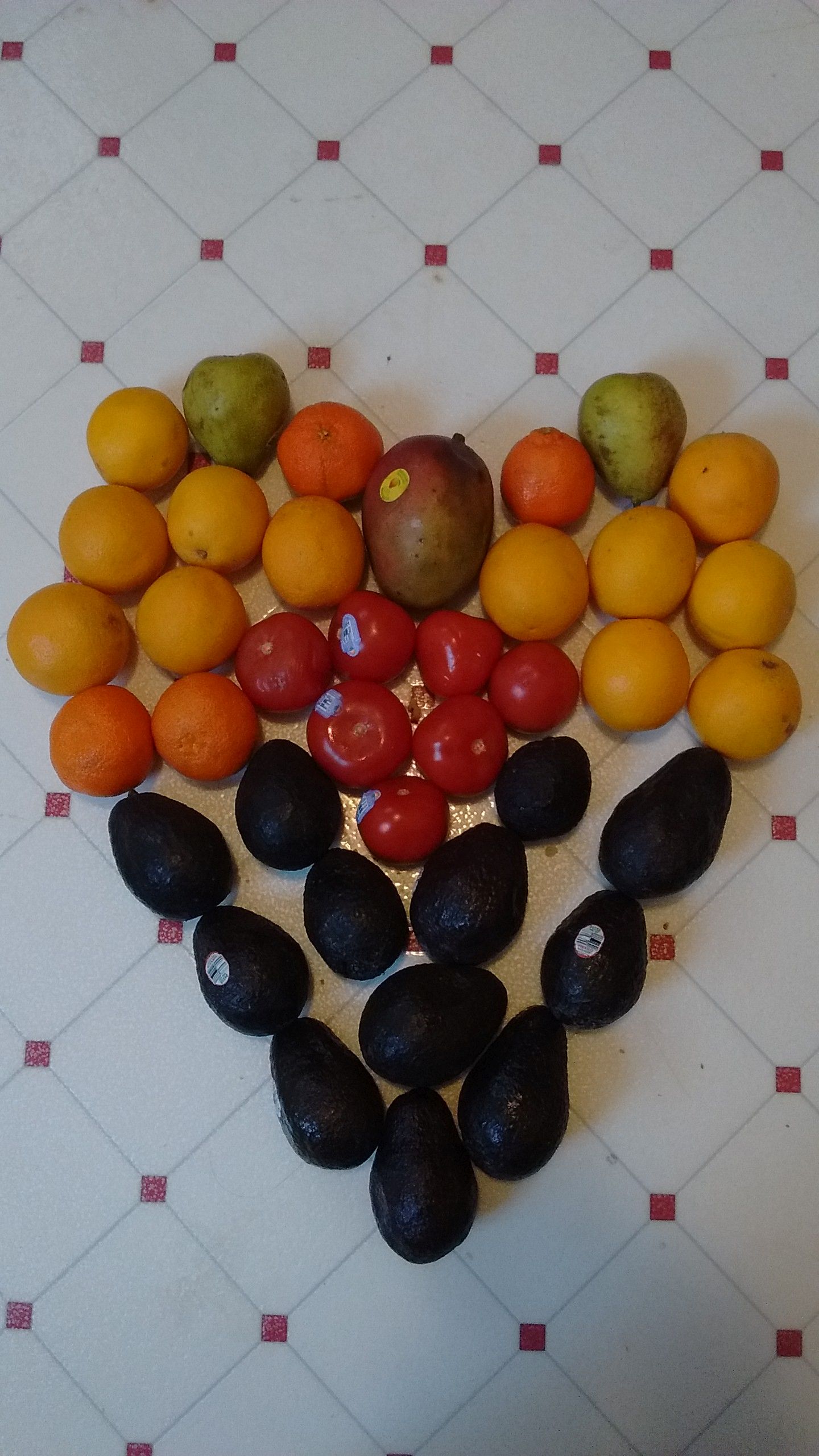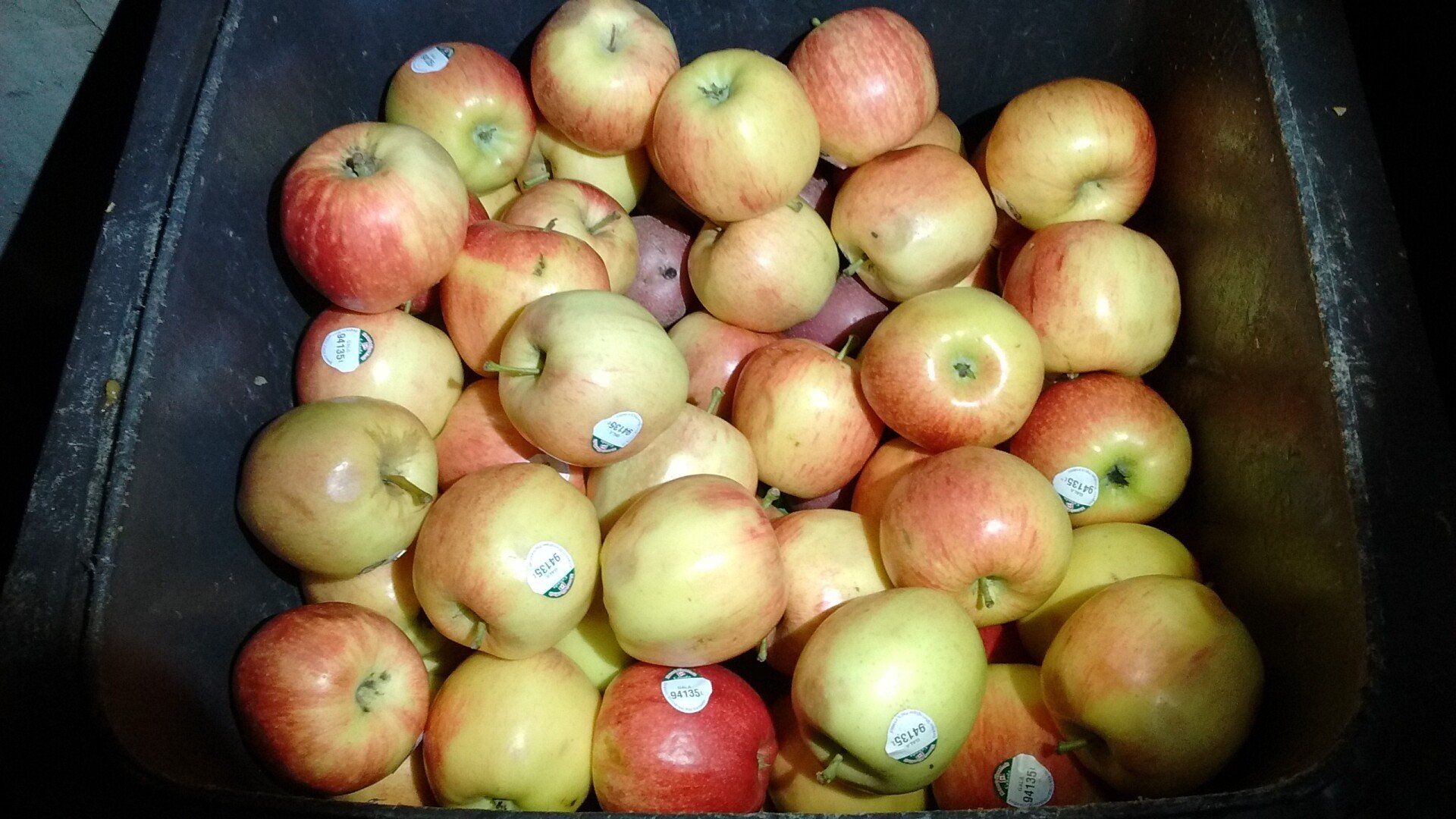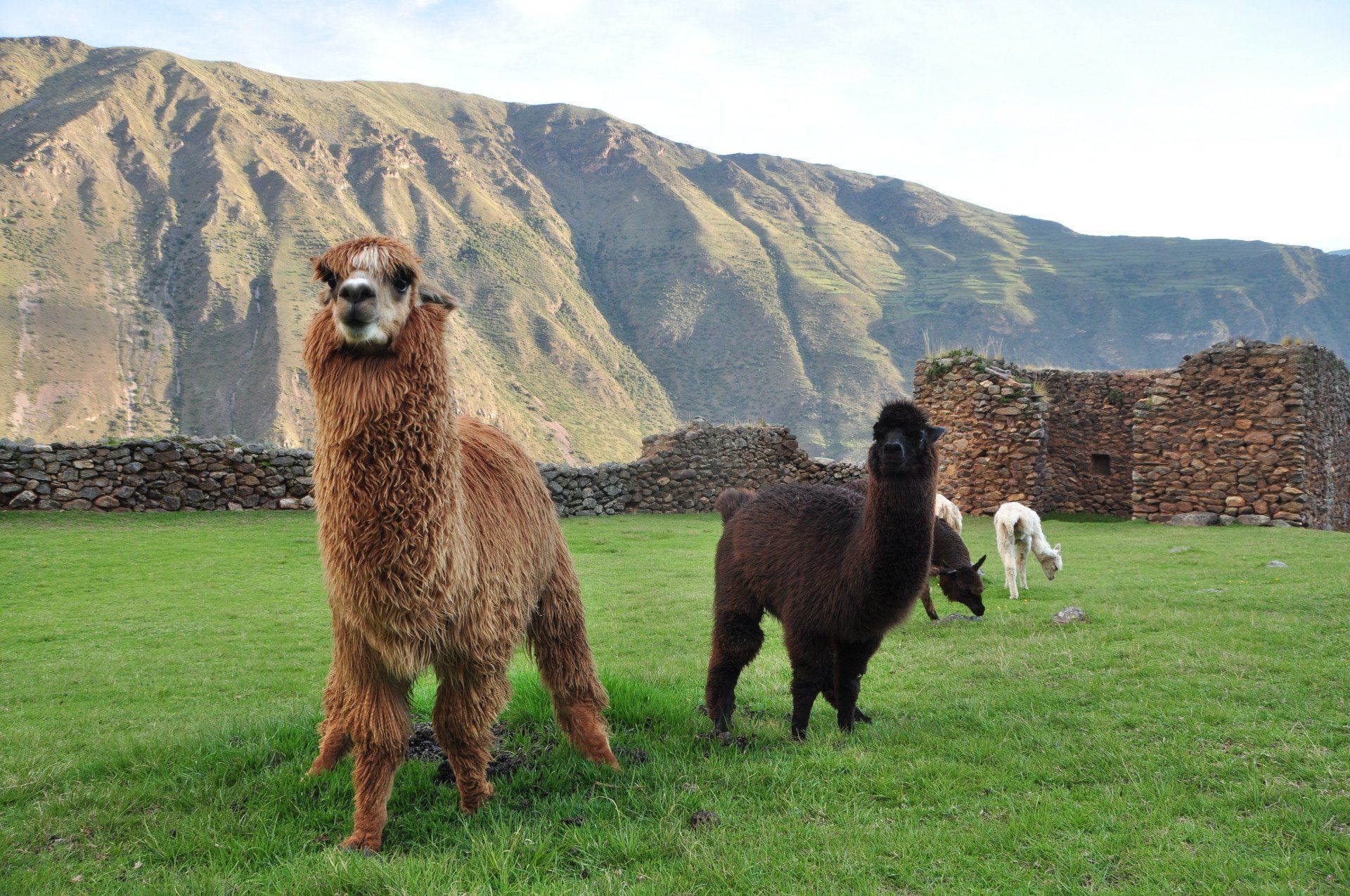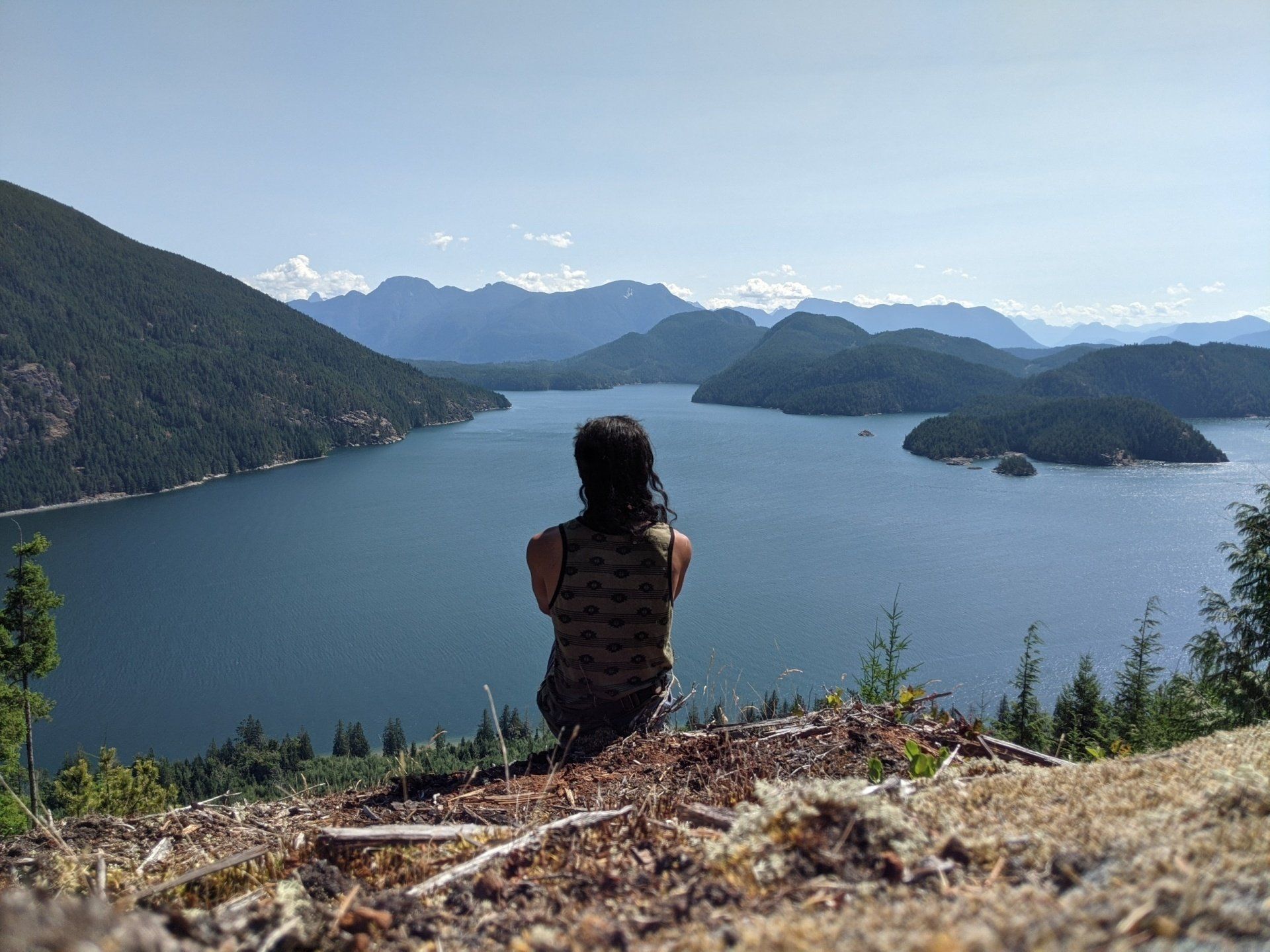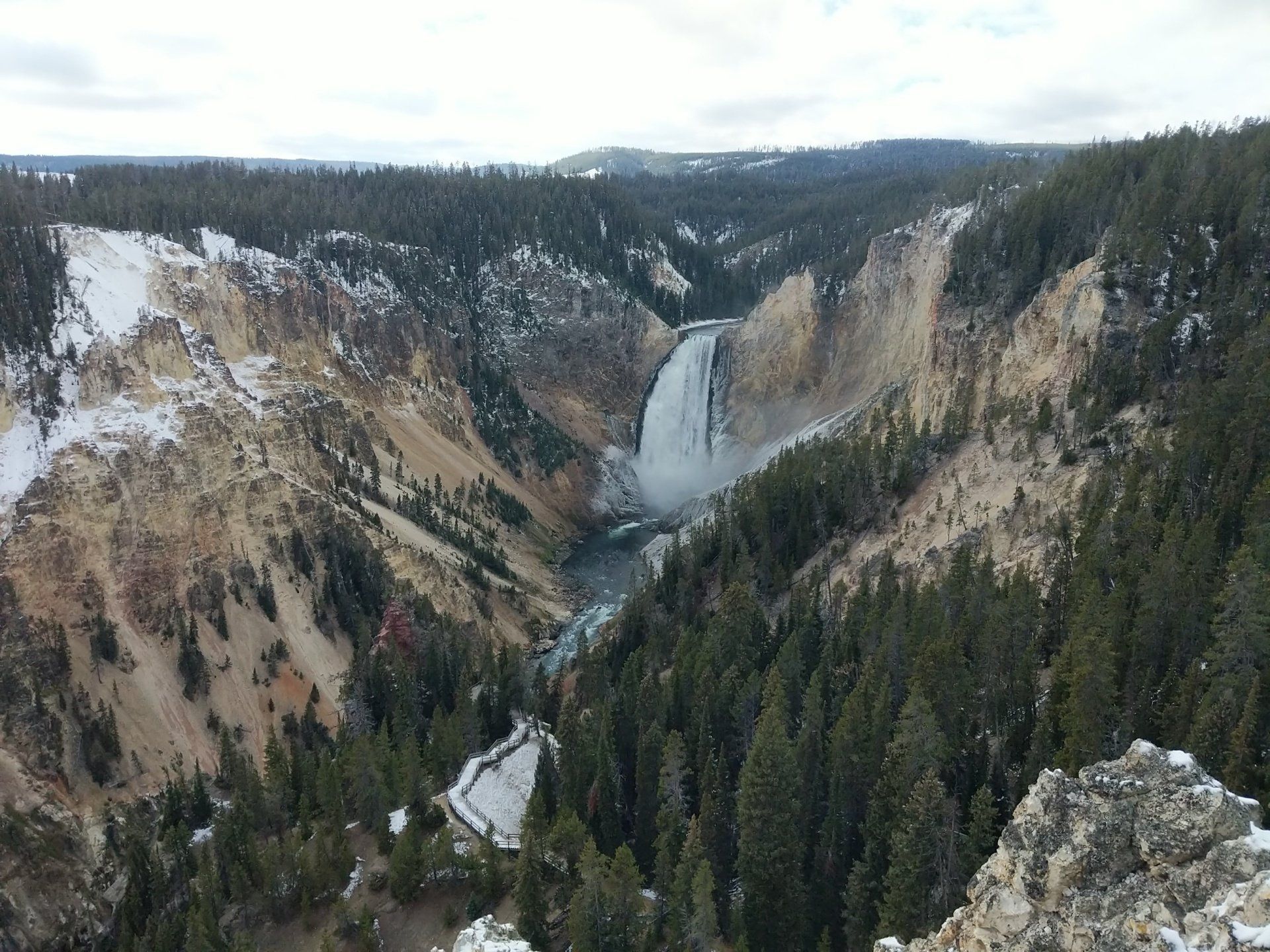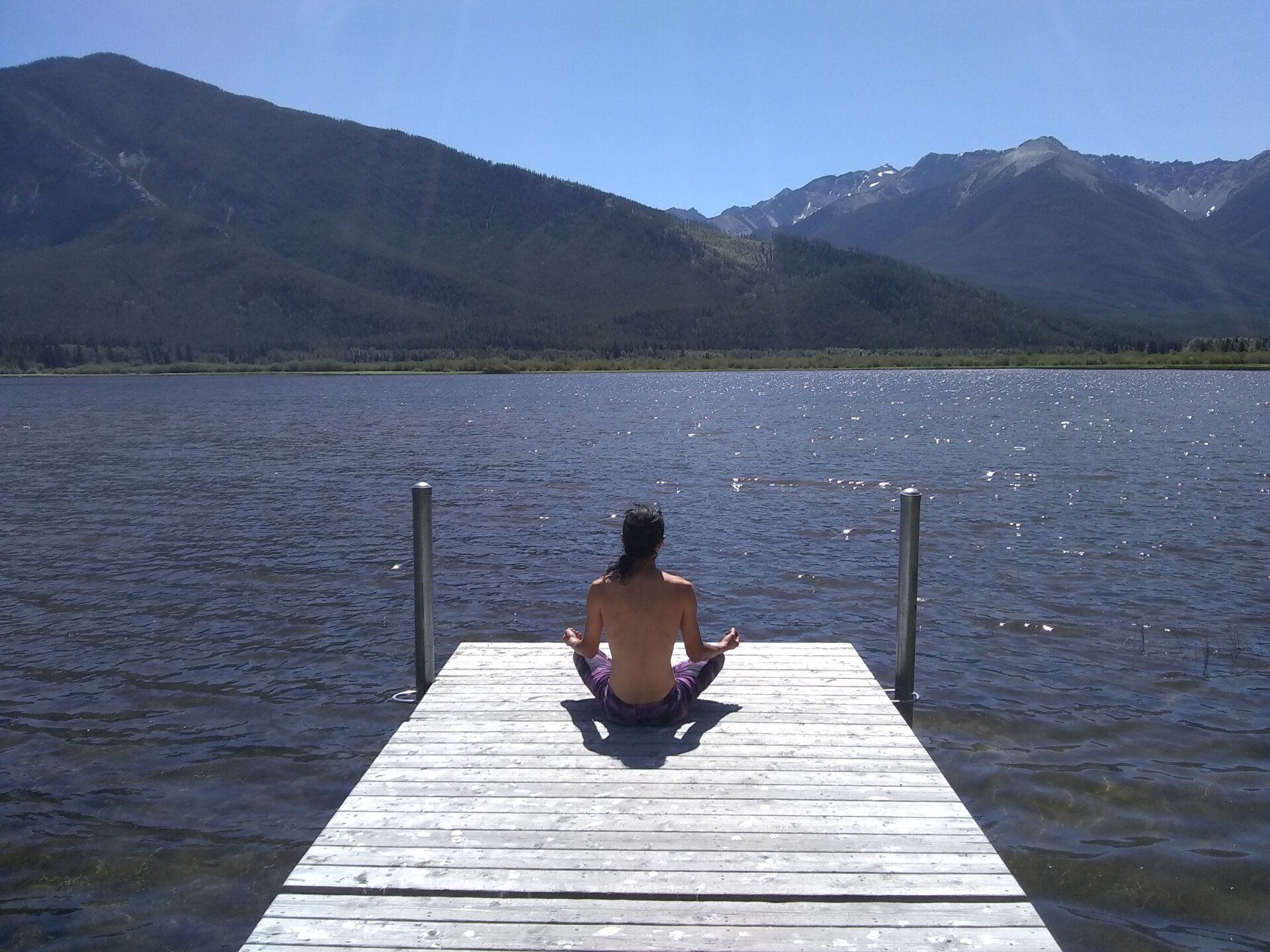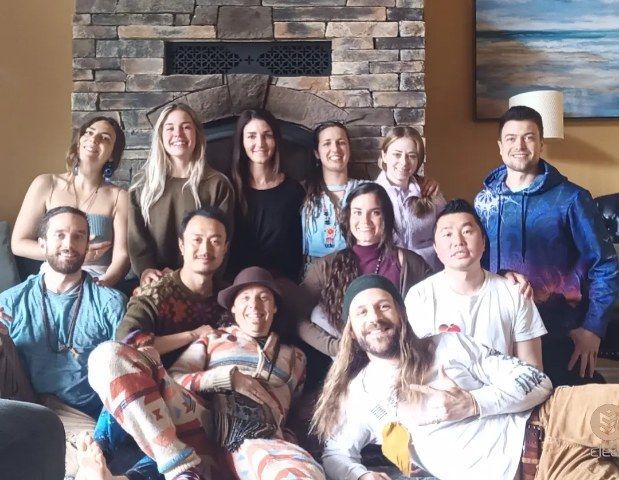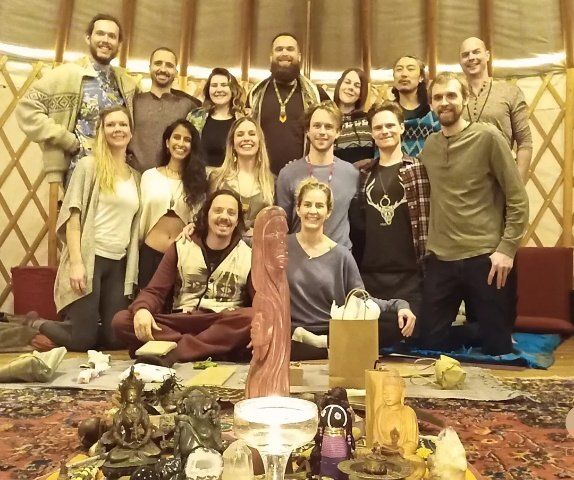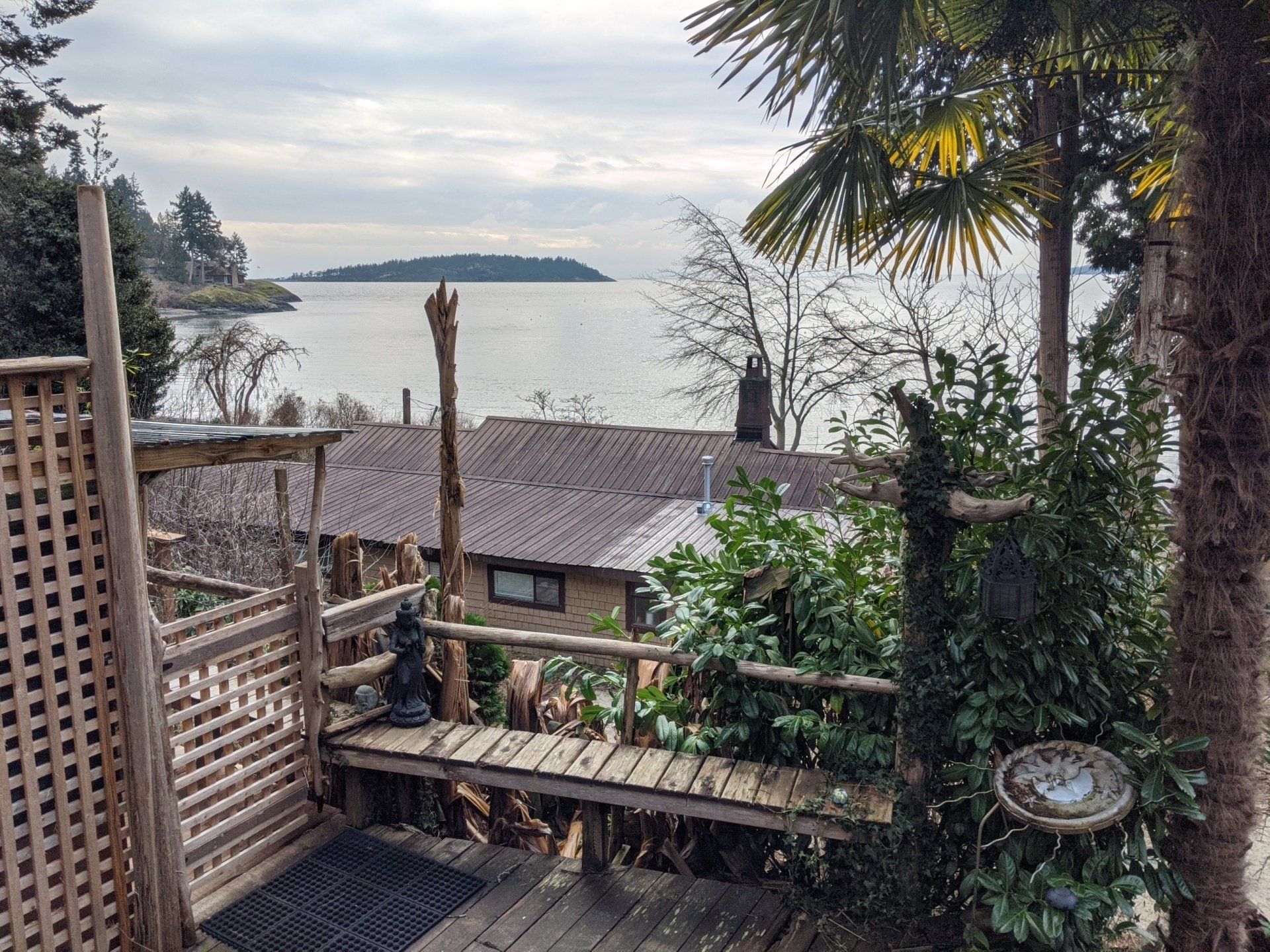Food Waste Fight! Let's Go Dumpster Diving!
The dumpster provides
When I was just starting out and super curious I would check out restaurants, coffee shops and gas stations. Sometimes they can pay off, but they're generally not worth it. For non-edibles I have also had little luck. One type of store I've heard can be great for this are second-hand stores.
Some back of stores will have signs warning you that cameras are surveilling the site 24 hours. This can certainly strike fear into newer divers. Experienced divers know that these sites are almost never actually surveilled. It costs a lot of money and resources for stores to actively do this and it's not worth their time. This case could be different outside of my own experience though! I mainly dive in the suburbs which are usually safe and quiet communities.
There was only one occasion where a staff member came out the back door because he spotted me on camera. After appearing he silently made eye contact. I promptly left the scene. There was one occasion I was approached by a policeman while I was in front of a bin. This was in a very quiet little town outside of Toronto, where I grew up. I calmly and intelligently explained to him what I was doing and he looked quite disarmed! I can tell he was expecting a more delinquent or troubled person. He simply asked me to leave.
I would recommend preparing something to say in an intelligent manner, in case you ever get approached. At the very least it will give you peace of mind to be ready for any interaction. Give them food waste statistics such as, "40% of our food is wasted! These stores are doing a greater injustice wasting this food, simply for profits. I'm saving this food to distribute to those who are hungry, not just for myself! Here, check out what I found, would you like some?" Inviting people to be part of the process shows an open, cooperative attitude and helps others feel part of your plan which can be disarming. If an interaction ever gets uncomfortable, you can simply calmly leave.
If ever approached, act calm. Explain what you're doing intelligently, but make sure to stop and leave the scene calmly.
I believe society has become so aware of the food waste issue that people in authority are willing to passively let dumpster diving happen. In all my years doing it myself, and connecting with others about it, I've not heard of anyone actually getting caught and persecuted! So if you had any concerns for your safety, please feel at ease. But, again, keep in mind that I write from a narrow perspective mostly of driving around in safe and quiet Canadian suburbs. Things are almost certainly different in crowded city centres.
Community
Social media has allowed the dumpster diving community to come together. There are FB Groups for every region, from the national down to municipal level. Some divers connect and go diving together, others show off, sell or give away their finds. Just search "Dumpster diving" with your city name in FB.
One key pillar of the dumpster diving community is to not publicize locations! For new and keen divers it may seem harsh but trust me, but there is a reason this is a fringe activity and needs to stay fringe for it to be viable.
Publicizing locations may lead to too many dumpster divers and too much competition for limited resources. It may also lead to irresponsible dumpster diving, such as leaving messes or going at hours inconvenient to store personnel. More importantly publicizing locations will hurt the businesses' reputations. They will see it as an attack and will respond by locking their dumpsters.
The last thing any business wants is for pictures of their dumpsters full of food to go public. It is better to approach these businesses and engage with them, perhaps negotiate agreements to accept food donations in exchange for distributing them to families in need. I know of several people who have done this.
Alas, it takes time and effort to go exploring for new spots. I am among the most hardcore dumpster divers I have met, and I have a pretty flexible schedule. In spite of this, it is tiring even for me to go out more than once a week, and in a big city like Toronto, I know there are a lot of potential spots out there that have gone unexplored. If I just told everyone my spots they will also just go to them and not put in the same work I did to discover new spots, which is unfair to me.
My end goal of all this is to raise awareness that will lead to policy change that will make it mandatory for grocery stores to divert their food waste to charities and food banks. This is the best solution for society even if it means dumpster diving no longer becomes viable for me. In the meantime, I get to benefit from the food waste, and I want others to give it a try on their own so that they may also benefit.
Perhaps the most important advice I can give you is just to have fun out there! Go explore with open curiosity and no expectations. You may start out empty-handed, but eventually you'll strike gold!
There are online resources where you can find more information on dumpster diving in general, and also specific locations:
www.fallingfruit.org/dumpsters
Have fun out there!
